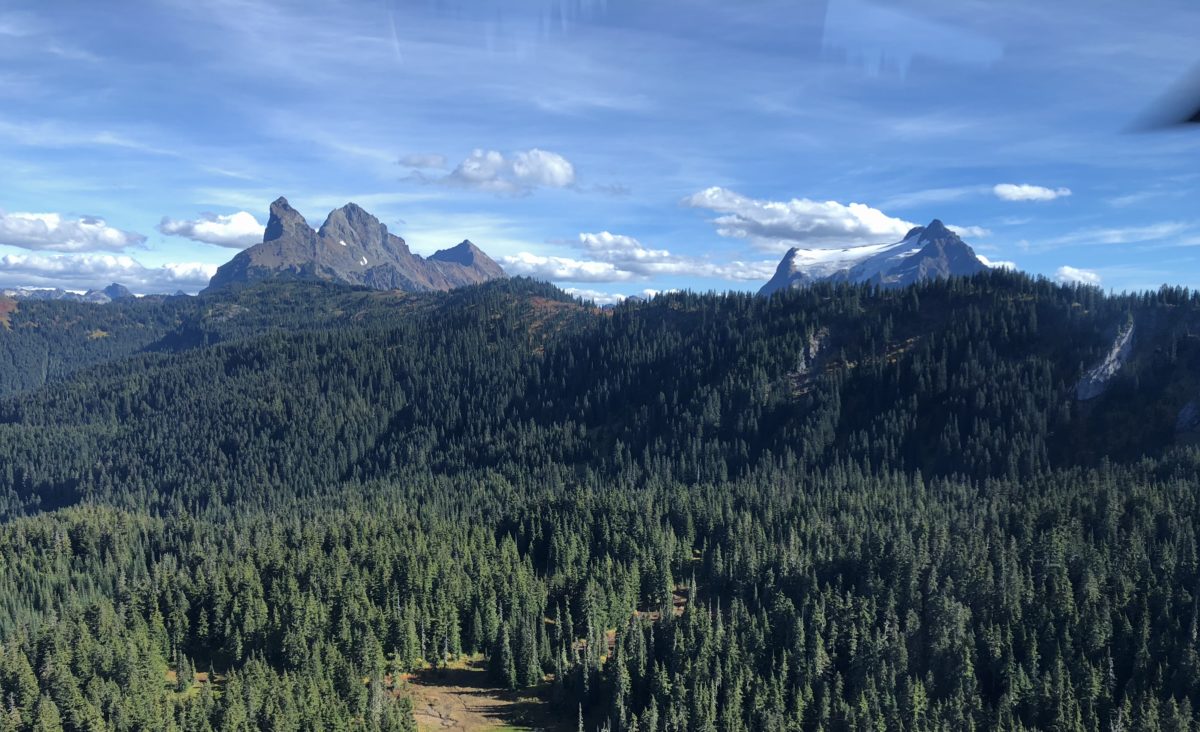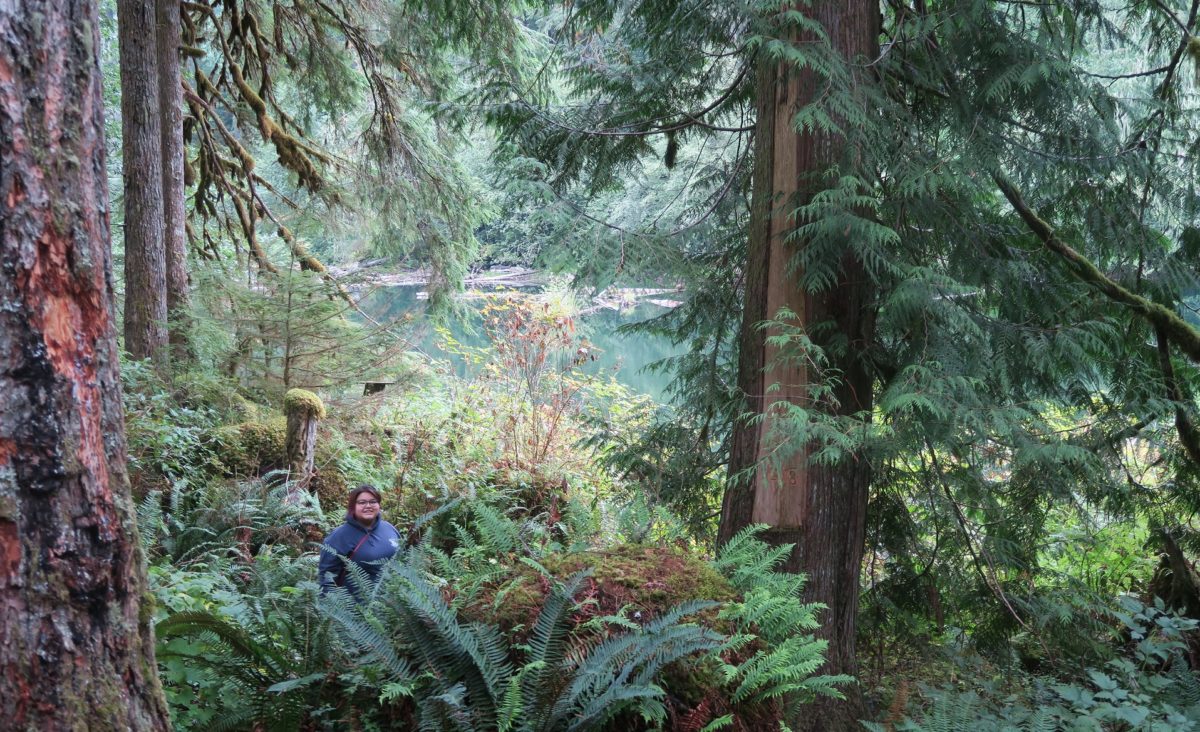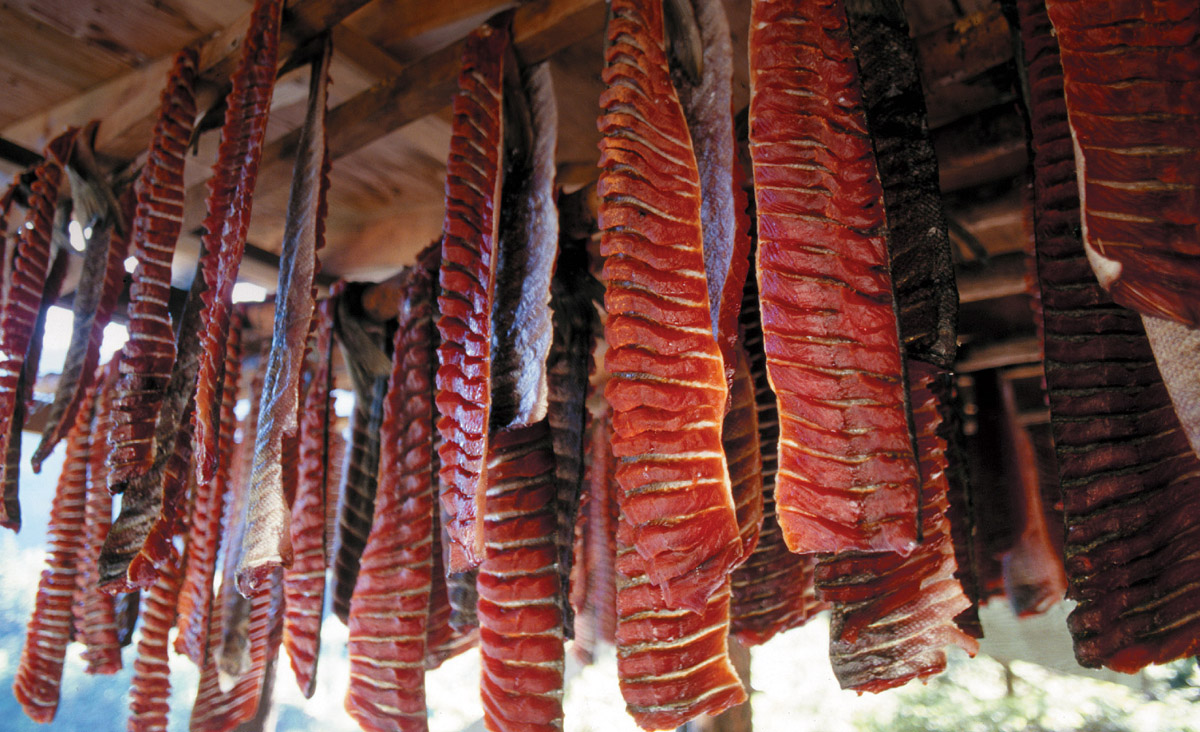Q: What stage are we at in Treaty?
A: At present we are in Stage 4 and about to move into Stage 5. Our treaty has changed remarkably in the last few months thanks to the strength of our negotiating team and to changes in the Federal and Provincial governments’ way of thinking. Thanks to this change, we will no longer be signing an Agreement-in-Principle. This document doesn’t reflect the new philosophy, nor is it consistent with UNDRIP. Instead, on Oct. 12, 2018, we will sign an MOU with the Federal and Provincial governments, which will move us into Stage 5, the final stage of negotiations.
Q: What about our status and benefits?
We will not lose our status; nor our benefits. Although we will move away from governance under the Indian Act, status classification will remain.
Dental benefits, pharmacy benefits, addictions treatment program access, eye care and mental health benefits will continue to be available to those who now have “status” in Canada (“status” as defined in the Indian Act). We have set our sights much higher than what we have today, and will not settle for anything less. If anything, benefits and services will be enhanced.
Under treaty, you will remain a Canadian citizen. There will be no changes to your Medical Services Plan/provincial health care, Old Age Security, Canada Pension.
Q: Will our Stó:lō Aboriginal rights be extinguished?
A: NO. The Treaty does not extinguish Stó:lō Aboriginal rights. Our treaty will recognize and affirm our Aboriginal rights and title.
Q: Will my hunting and fishing rights change?
A: Fishing and hunting have yet to be negotiated, however, we will not negotiate for anything less than we have now. Your right to harvest wildlife in your traditional territory, including migratory birds, for domestic and cultural purposes, will not change. We will also have law-making powers over our harvesting practices. Wildlife harvesting, as a guaranteed right, is respected on and off Treaty Lands (TL). Off TL, we will be included in conservation, regional management, guiding, and information sharing that further protect our rights in our territory.
Q: What land are we getting? Is this all we get? Will fee simple land be included?
A: We will add a minimum of 24,463.43 acres of land, to our existing land, for which we will have full control and lawmaking powers. Nothing will happen on those lands without our full consent. There will also be a land acquisition fund, additional annual transfer payments for programs and services, and funding for self-government.
During Stage 5 a separate cash amount will be negotiated to acquire more land including fee simple lands, which may be included as TL.
Q: What money are we getting? Is that all we get?
A: In addition to land, a $150 million capital transfer has been approved as part of the land/capital transfer package with the knowledge that during Stage 5 a separate cash amount will be negotiated to purchase more land including fee simple lands. We will also receive transfer payments going forward, similar to other government bodies. Additionally, we will be negotiating Revenue Sharing on and off TL.
Q: What about housing?
A: There will be more land, more money, and more opportunity to build our own housing and for communities to create affordable housing.
Q: What happens to reserve lands?
A: We keep all the reserve lands that we currently have. The lands will be retained and administered by the Stó:lō Xwexwilmexw government. After treaty, the Crown will have no say on your lands, which will have increased by over 1000% Our reserves will become Treaty Lands, which we will own, control, and have full jurisdiction over
Q: What happens to CP land holders?
A: CP Land Holders will keep their lands
Q: Will I be able to live anywhere on Treaty Lands?
A: Yes, you will have the ability to live wherever you choose, close to your job, family, etc. without losing your cultural connection to who you are and where you came from. SXTA maintains a principle of mobility to counteract the impact of the Indian Act.
Q: What is the new governance model under self-government?
We are developing a governance model in our draft Shxwelméxwelh (Constitution) that includes the current First Nation/Villages, and establishes an overarching structure.
Q:Are we ready to have a Treaty?
A: We have been working towards this treaty since 1969. Every improvement you see on our lands today, began with our work towards Treaty. We have been doing this work all along. With the SXTA Treaty, we will be able make our own laws and we will no longer have to tailor our lives to British Common law and ideas.
We have the capacity, we have the understanding, and the cultural knowledge. Many of our people are educated and experienced. We currently care for our own communities, but are limited under the Indian Act on what we can achieve.
Q: Shouldn’t all Stó:lō be included in negotiating a treaty? How can only part of a tribe be negotiating a treaty? Will Treaty divide our families?
A: At present, the SXTA is negotiating for the six communities involved in treaty. We seek input from our communities and hope to reflect everyone’s ideas in our final treaty. Please do not hesitate to ask questions and get involved! In the end, we are all still Stó:lō and we are all moving our nation forward in many different ways. The SXTA is moving forward based on the principles of non-extinguishment of Stó:lō Aboriginal Rights and Title; modelling collaborative win-win solutions; and open mindedness.
Q: How will we pay off the Treaty loan? And how much have we borrowed so far?
As of April 2018, all further negotiations are loan free. The federal government has also stated that their intention is for all past loans to be forgiven.
Q: What happens to the current arrangement with Stó:lō Nation for services and administration?
While we intend to deliver some services directly, we will be engaging in discussions over the coming years with the Stó:lō Service Agency on other service arrangements.
Q: What happens to the current band administration staff? Will there be any job losses?
The Stó:lō Xwexwilmexw bands will remain as Villages within our government structure, according to our Constitution. We expect many jobs to become available as we move towards self government. Jobs such as construction, catering, maintenance, administration, service provision and more. There may be job and position changes, but no loss of employment due to Treaty.
Q: Who is a member/ “citizen” of the new self-governing Nation? Will I lose my identity as Stó:lō or as part of my First Nation?
Current members of the six bands will be citizens of the Stó:lō Xwexwilmexw Treaty Nation. We will define the terms and conditions by which others may become members with an openness to our kin and to our new families. You will never lose your identity as Stó:lō.
Q: What if one of the SXTA communities vote NO?
If all 6 First Nations in the SXTA vote yes, then they will all be included in the self-governing New Nation. Should one of the First Nations vote NO, then we will have to decide on next steps. This would not necessarily stop the treaty from moving forward.
Q: Who gets to vote on the ratification of our treaty? And in future elections?
A: Those who are registered in each of the SXTA First Nation communities, who are 18 years of age at time of vote, will vote on your Treaty.
Q: What is the % needed to approve Treaty?
The community (eligible voters) will decide whether to accept Treaty or not, in a democratic, binding vote with a YES threshold of 50% plus 1.
Q: How will our Treaty compare with Nisga’a, Tsawwassen, Tl’amin, Tsilhqot’in, etc.?
Our treaty will be groundbreaking and could become a model for all treaties in the future. Our treaty is the way treaties should have always been. The SXTA treaty offers everything that the chiefs have always said they wanted.
- That Stó:lō Aboriginal rights and title are recognized and not extinguished.
- That the treaty will not be a full and final agreement. It will be adaptable and changeable over time.
- That it will follow a core treaty approach and not include all the bureaucratic detail.




